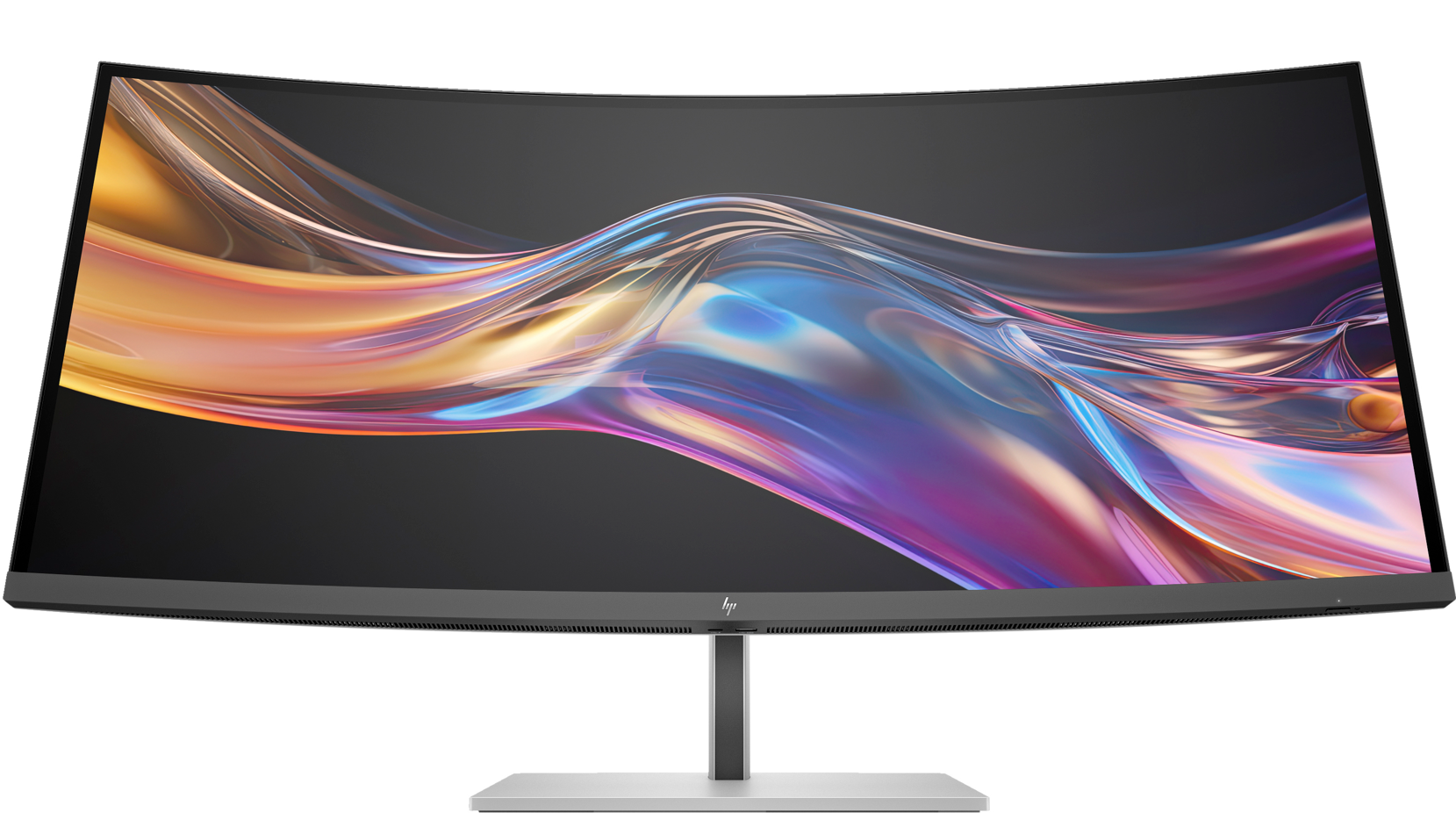
This week, HP is debuting its HP Series 7 Pro 739pu IPS Black monitor, which come in at a hefty 37.5-inch Ultrawide (21:9) form factor and a resolution of 3840 x 1600. The monitor retails for $1249, and its page on HP's site, at the time of writing, litsts it as out of stock. But is the monitor on offer reasonable for that price point?
HP Series 7 Pro 738pu Core Specs
- Panel Type: IPS Black
- Color Gamut Coverage: 98% DCI-P3
- Panel Brightness and HDR: 400 nits; HDR400 so Not Really HDR
- Screen Size: 37.5 inches
- Resolution and PPI: 3840 x 1600 (WQHD), Roughly 110 Pixels Per Inch
- Refresh Rate: 60 Hz
- VRR Support: No
- Pixel Response Time: 5 ms GTG w/ Overdrive
- Contrast Ratio: 2000:1 (standard IPS is usually 1000:1 or less)
- Display Inputs: 1 HDMI 2.0 port; 1 DisplayPort 1.4 port; 1 USB Type-C Port with DP 1.4 Passthrough
The key value argument with this monitor is centered entirely around whether or not you have a legitimate use for IPS Black monitors.
Unlike the typical gamer's ultrawide, this screen is geared almost solely toward professional work, with a wide color gamut IPS display. IPS Black also offers significant improvements in contrast versus standard IPS, but it doosn't come close to the contrast of VA or OLED due to the lack of per-pixel dimming. Like most other IPS Black monitors, it's also locked to 60 Hz and it doesn't have VRR, though 120 Hz IPS Black displays do exist for gamers and prosumers to enjoy.
In theory, a professional-grade OLED would be better for this, but professional-grade OLEDs tend to cost much more than professional-grade IPS panels. As long as you aren't doing something like graphics for HDR-enabled games or editing HDR film, you will most likely be fine with the colors and gamut coverage of an IPS Black display. OLED is essentially a must-have for producing HDR content, though.
Ultimately, this monitor is really tailored for a specific pro market that wants WCG Ultrawide but doesn't want to pay the price premium that would come with a truly premium Ultrawide OLED display. While Ultrawide OLEDs for gaming are available for much cheaper than this, they also tend to be compromised in other ways, like being restricted to only 400 nits of brightness, which would greatly reduce their utility in HDR content editing.







